Lumafield, a pioneer in non-destructive teardowns through CT scans, has shed light on the intricate designs of the Apple Vision Pro alongside its counterparts, the Meta Quest Pro and Meta Quest 3. These CT scans go beyond revealing the internal architecture of the headsets; they also illuminate the contrasting design philosophies and market strategies that Apple and Meta have adopted.
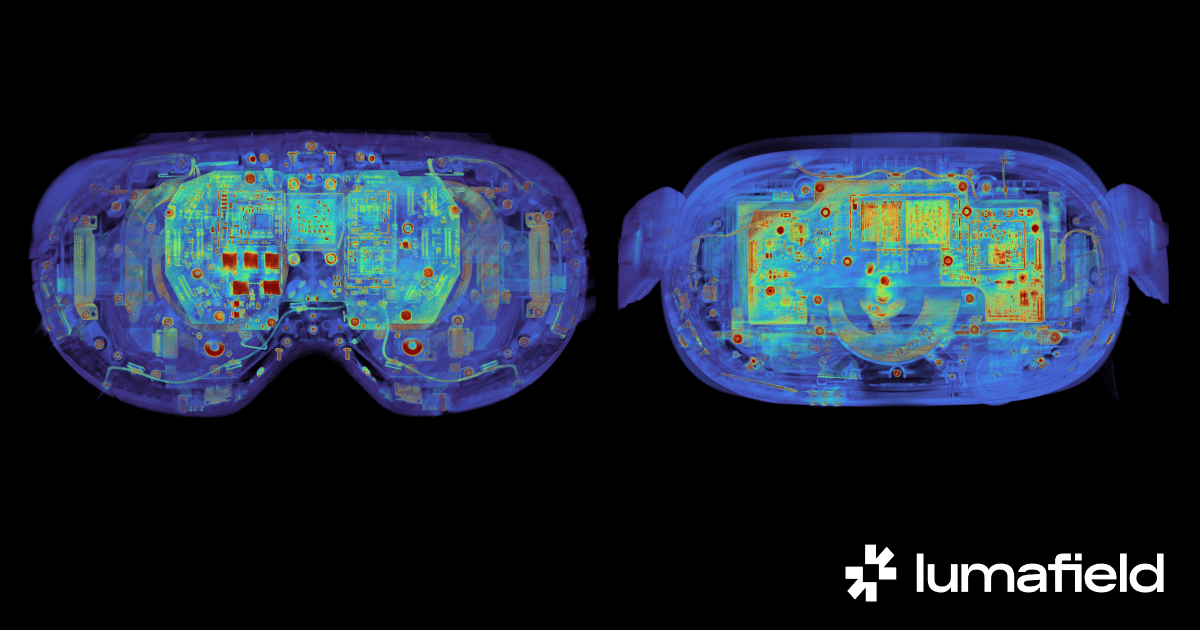
Vision Pro’s micro-blowers, used for efficient VR cooling, highlighted in CT scans
Lumafield’s exploration begins with a disclaimer: this is not a typical head-to-head comparison or product review. Instead, it’s a deep dive into these devices’ hardware engineering, revealing each company’s unique approaches.
Apple Vision Pro
The CT scans unveil the meticulous craftsmanship of the Apple Vision Pro, emphasizing its commitment to design excellence. Every component within the Vision Pro is arranged to optimize internal space without compromising the sleek external appearance. The flexible PCB ribbon and angled electronics showcase Apple’s dedication to the efficient utilization of resources.
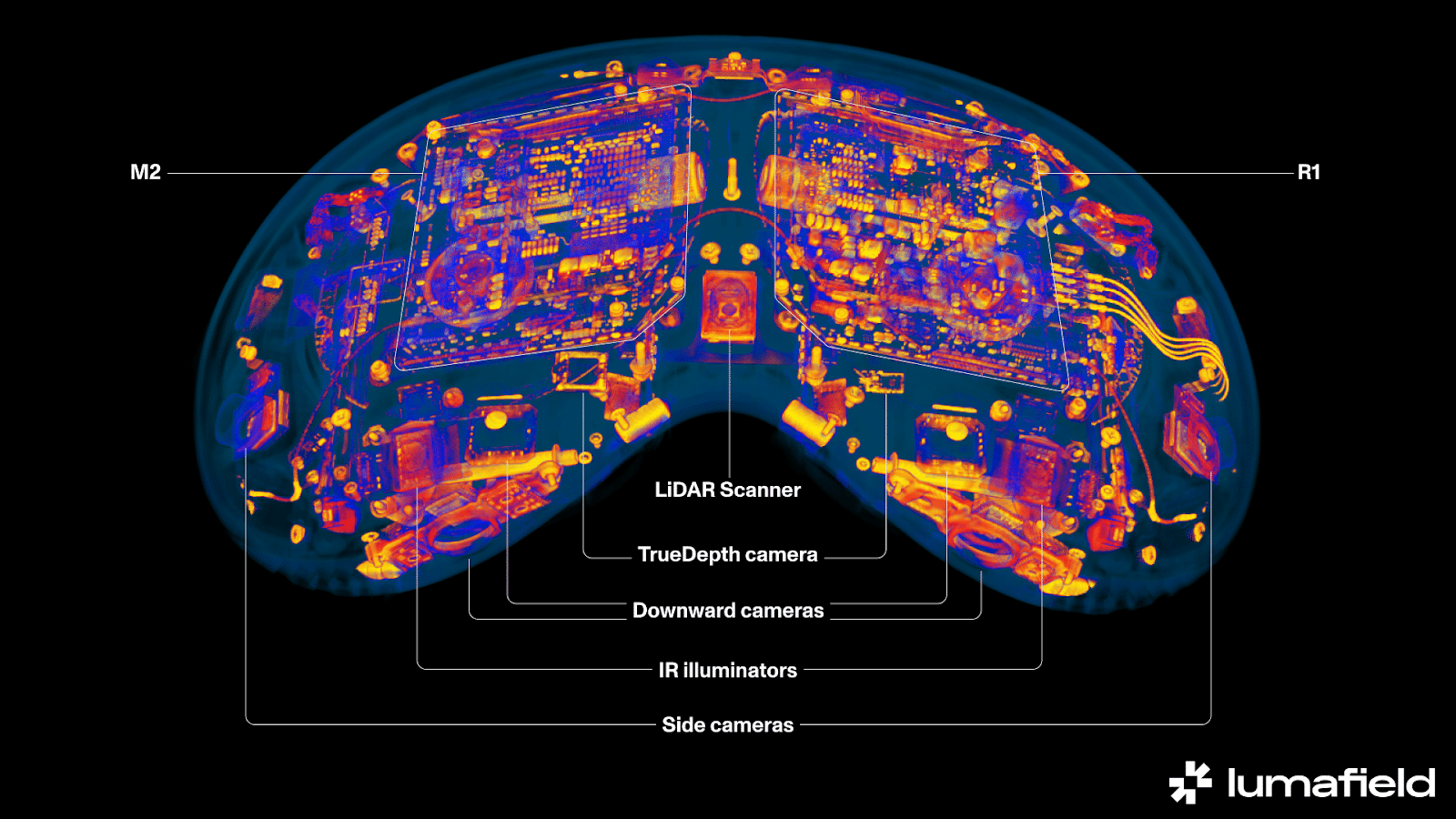
The scans also highlight the advanced sensor array embedded within the Vision Pro, including LiDAR and IR cameras for precise eye and hand tracking. Such sophisticated technology enables seamless user interaction and intuitive navigation within the AR/VR environment.
Meta Quest Pro and Meta Quest 3
In contrast to Apple’s design-centric approach, Meta’s headsets prioritize affordability and accessibility. The Meta Quest Pro and Quest 3 opt for a more traditional stacking of components, reminiscent of mainstream consumer electronics like smartphones and laptops. This design choice reflects Meta’s aim to democratize VR technology by offering more budget-friendly options to consumers.
However, the Meta Quest devices do not compromise on functionality. They incorporate handheld controllers and experimental hand-tracking capabilities, catering to a diverse range of user preferences and experiences.
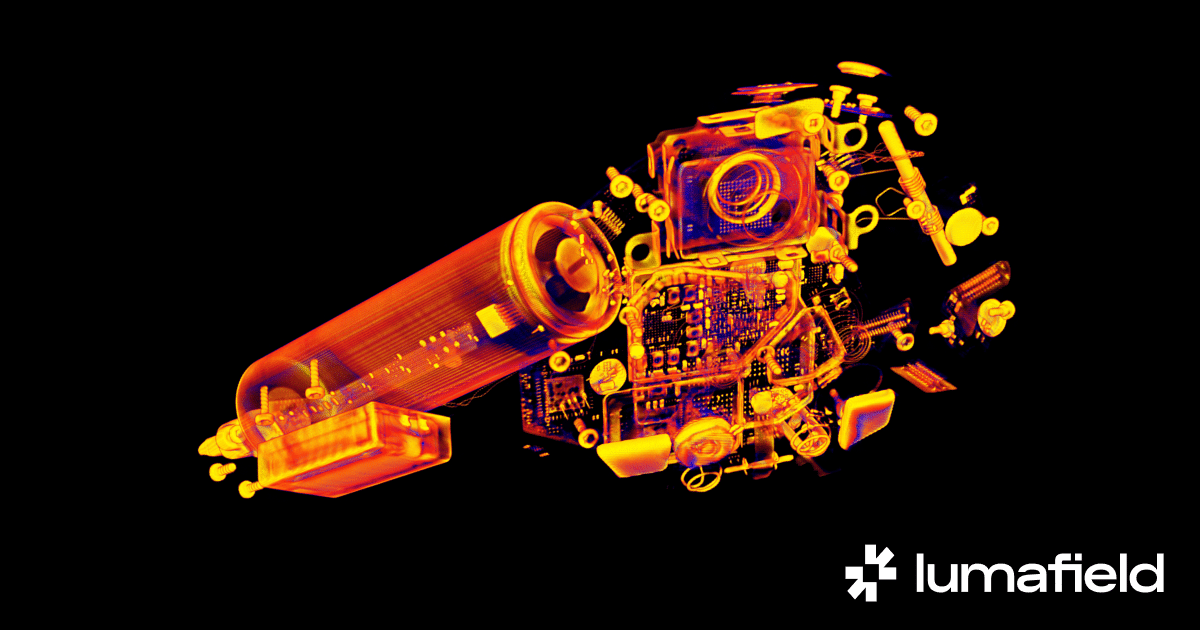
Thermal management and battery design comparison
Another notable contrast lies in thermal management and battery design. While the Vision Pro adopts micro-blowers for efficient cooling and an external battery pack for enhanced performance, the Meta Quest headsets utilize simpler cooling mechanisms and integrate batteries within the headset for user convenience.
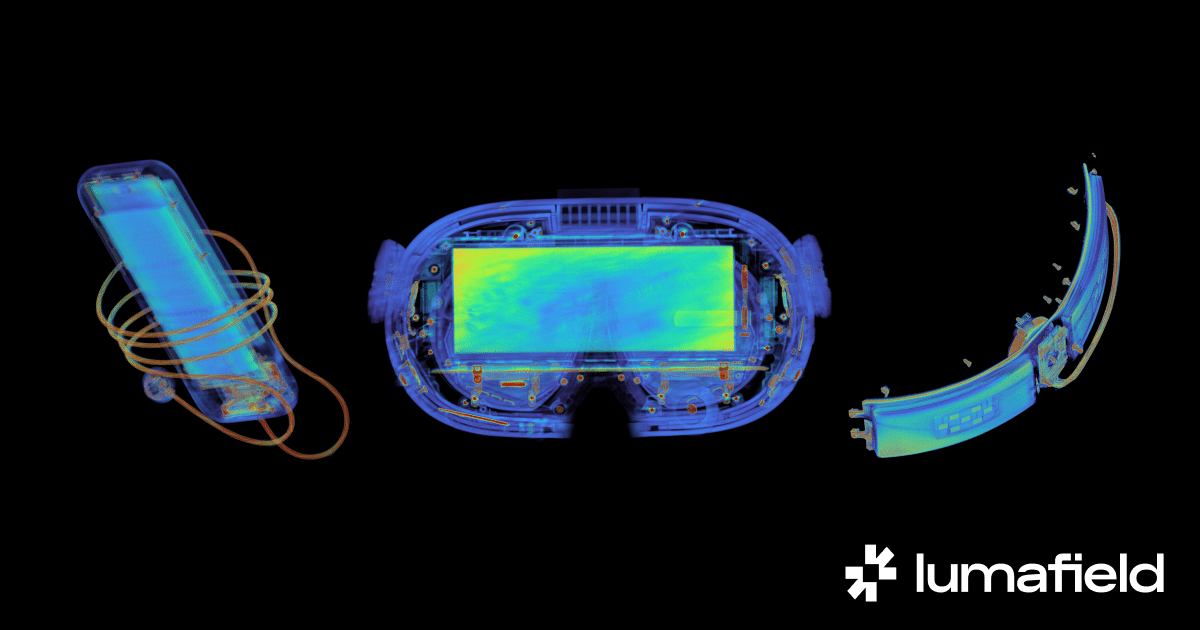
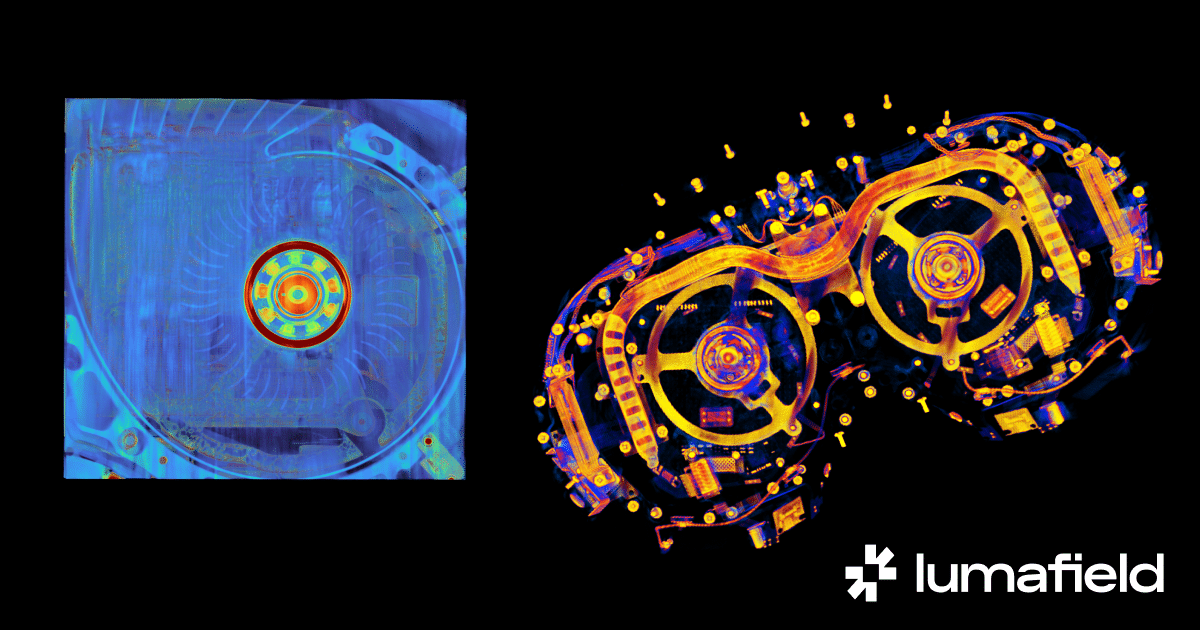
Conclusion
As the AR/VR market continues to evolve, the insights gleaned from these CT scans provide valuable clues about future developments. Apple’s Vision Pro sets a high bar for design and innovation, but its premium pricing may limit widespread adoption. In contrast, Meta’s Quest series aims to reach a broader audience with its affordability and accessibility.
The competition between these two approaches—design-centric luxury versus budget-friendly accessibility—will shape the trajectory of the AR/VR industry in the coming years. As consumers weigh factors like performance, price, and ecosystem integration, manufacturers will need to iterate rapidly to meet evolving demands.